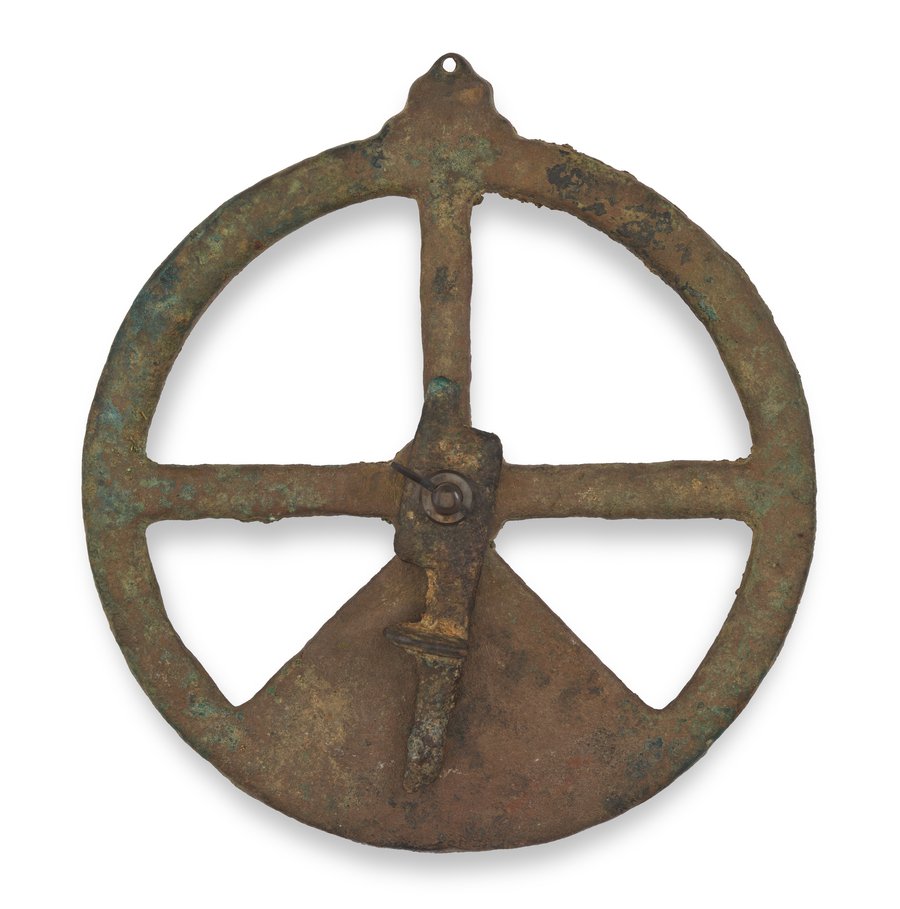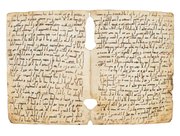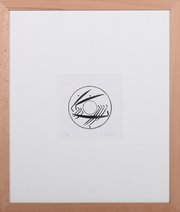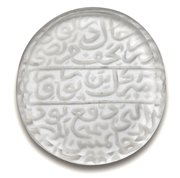
Mariner's Astrolabe
Museum of Islamic Art
- Title:
- Mariner's Astrolabe
- Production place:
- Spain
- Date:
- 1540 - 1560
- Period:
- 16th century CE
- Title:
- Mariner's Astrolabe
- Production place:
- Spain
- Date:
- 1540 - 1560
- Period:
- 16th century CE
- Material:
- Copper alloy
- Technique:
- Casting
- Dimensions:
- 24.1 × 20.8 × 3.7 cm
Usually portable, astrolabes were scientific instruments used for telling time by observing the positions of the stars and the sun. They were also used for determining the direction of prayer towards Mecca, and for the determination of horoscopes. This particular astrolabe is an example of maritime archaeology. It was salvaged from a shipwreck, and as a result of long term water damage, has endured extensive corrosion. Whatever detail or definition that once existed has since been lost. Nonetheless, this astrolabe is one of the earliest known surviving examples. Starting from the late 9th century AH/15th century CE, both the Spanish and Portuguese engaged in active maritime exploration and trade, travelling far distances – such as South America - that required advanced scientific instruments for navigation. These instruments were influenced by astrolabes of the medieval Islamic world. Prince Henry the Navigator (796-865 AH/1394-1460 CE), the son of the Portuguese King John I, was known as Portugal’s leading maritime explorer, travelling regularly across the Atlantic Ocean in search of trade and discovery. His many trips were most certainly achieved by the use of an astrolabe such as this one.



